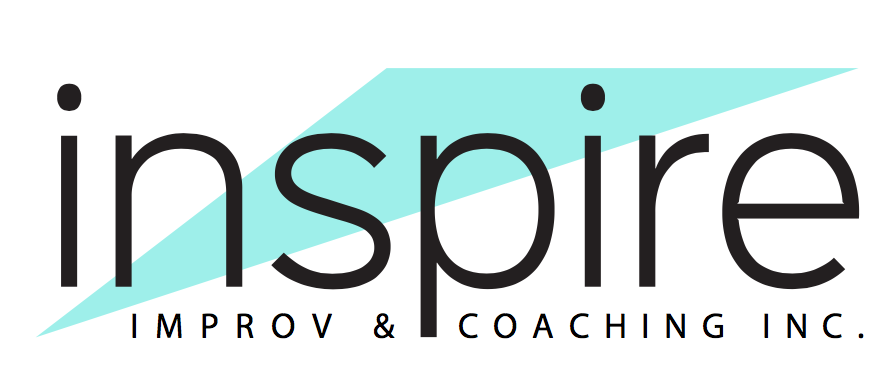How to Use the Worst Idea to Get to the Best Idea
Do ethics, teamwork and improv go together? Sure!
When Mike Palanski reached out with this question, neither of us were 100% certain this was the answer, but we were open to exploring the possibilities!
Through a lot of “yes, and-ing,” both bringing our own expertise, we wove an experience together that could serve Rochester Institute of Technology - Saunders College of Business students in a way that neither of us had considered before.
With ethical dilemmas, many times comes a need for creative problem-solving within a team.
Using the Improv Approach as a tool for having these conversations and exploring possible solutions (yes, even the terrible ones), the students came up with ideas that they may have not considered if limiting themselves to the obvious answers and stopping there.
In improv we call this the “first choice,” the thing that comes to mind … first. It’s typically the safe and obvious option. It is the second, third, and fourth ideas that get us away from the obvious and into the innovative.
Sometimes that first choice is even more bland because we are adding pressure to come up with a great idea right off the bat. We can remove this with one simple step. Instead of challenging your team to come up with the best idea, challenge them to come up with the worst idea!
This helps in a few ways:
Without the pressure, we are better able to access the creativity that lies within all of us.
When we suggest a terrible idea, it gets us beyond any preconceived limitations, allowing us to be more innovative.
It brings levity to the situation and allows for playfulness, which builds trust and connection within the team.
I saw this shift happen right in this class. In the first scenario, they were instructed to go with the first idea that came up. The participants had only just met that day and the energy in the room felt stale and stagnant. However, when we gave them the direction to come up with the worst idea, there was laughter, connection and a general lift in the energy.
But we can’t actually go with the worst idea, what if it’s really… bad!
The magic that happens when we suggest a terrible idea, is that there is typically something, a sliver of an idea within that idea, that makes it … work. We take that small sliver and build on it, toward something that could more feasibly work, and is still outside of what we might have defaulted to.
For example, the students were given an ethical dilemma to work through with the challenge to define how the person or organization should proceed. They came up with an idea that involved throwing a BBQ so that everyone would get distracted and then fall asleep. Yes! That’s a terrible idea!
The sliver of an idea that came from that, was that they could find a (more plausible) way to create space for a pause in the situation, for everyone to gather their thoughts and information, cool off emotionally, and better work together toward a solution.
We all had a bit of fun along the way as well!
